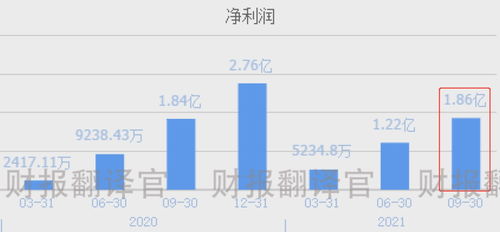Title: Analyzing Blockchain Transaction Volumes Across Various Banks
Introduction
Blockchain technology has revolutionized the financial sector, offering transparency, security, and efficiency in transactions. One of the key metrics to assess the adoption and utilization of blockchain by banks is transaction volume. This analysis delves into the transaction volumes of various banks in the blockchain space, shedding light on their activities and trends.
1. Understanding Blockchain Transaction Volume
Blockchain transaction volume refers to the total number of transactions conducted on a blockchain network within a specific timeframe. Each transaction represents the transfer of digital assets or information recorded on the blockchain ledger. Transaction volume serves as a fundamental indicator of network activity and adoption.
2. Overview of Banks Utilizing Blockchain
Several banks worldwide have embraced blockchain technology to streamline their operations and offer innovative financial services. Some notable players include:
JPMorgan Chase & Co.
: JPMorgan has developed its blockchain platform, Quorum, for various applications such as interbank payments and supply chain finance.
HSBC
: HSBC has utilized blockchain for trade finance, facilitating faster and more secure crossborder transactions.
UBS Group AG
: UBS has explored blockchain for its potential to enhance clearing and settlement processes in the financial markets.
Bank of America
: Bank of America has invested in blockchain research and development, aiming to optimize its banking infrastructure.
BBVA
: BBVA has been actively involved in blockchain projects, including trade finance and digital identity verification.3. Analyzing Blockchain Transaction Volumes
While specific transaction volume data for individual banks may not always be publicly available due to confidentiality concerns, we can infer trends and insights from industry reports, announcements, and research.
JPMorgan Chase & Co.
: Being one of the early adopters of blockchain technology among banks, JPMorgan has witnessed significant transaction volumes on its Quorum platform, especially in the realm of interbank payments and asset tokenization.
HSBC
: HSBC's blockchainpowered trade finance initiatives have led to a notable increase in transaction volumes, particularly in crossborder trade settlements and supply chain financing.
UBS Group AG
: UBS has seen a gradual rise in blockchain transaction volumes, primarily in the areas of securities trading and posttrade processing, as it continues to explore the potential of distributed ledger technology (DLT) in financial markets.
Bank of America
: While Bank of America's specific blockchain transaction volumes may not be publicly disclosed, its continued investments in blockchain research and partnerships suggest a growing commitment to leveraging the technology for various banking operations.
BBVA
: BBVA has experienced a steady increase in blockchain transaction volumes, particularly in trade finance and digital asset management, reflecting its proactive approach to blockchain adoption.4. Factors Influencing Transaction Volumes
Several factors influence the transaction volumes of banks in the blockchain space:
Market Demand
: Transaction volumes often correlate with market demand for blockchainbased services such as crossborder payments, trade finance, and digital asset management.
Regulatory Environment
: Regulatory clarity and compliance requirements play a significant role in shaping banks' blockchain initiatives and transaction volumes.
Technology Infrastructure
: The scalability, interoperability, and security of blockchain platforms impact transaction volumes, with more robust infrastructures facilitating higher throughput.
Partnerships and Collaborations
: Collaborations with other financial institutions, technology firms, and blockchain consortia can expand banks' network reach and transaction volumes.5. Future Outlook and Recommendations
As blockchain technology continues to mature and regulatory frameworks evolve, banks are expected to witness sustained growth in transaction volumes. To capitalize on this trend, banks should consider the following recommendations:
Invest in R&D
: Continued investment in blockchain research and development will enable banks to innovate and stay competitive in the rapidly evolving financial landscape.
Forge Strategic Partnerships
: Collaborating with fintech startups, other banks, and technology providers can unlock new opportunities and drive increased transaction volumes.
Enhance Regulatory Compliance
: Proactively addressing regulatory challenges and compliance requirements will foster trust among stakeholders and facilitate broader adoption of blockchain solutions.
Focus on Scalability and Security
: Prioritizing the scalability and security of blockchain infrastructures will be crucial for accommodating growing transaction volumes and ensuring robust risk management practices.Conclusion
Blockchain transaction volumes serve as a key metric for assessing the adoption and utilization of blockchain technology by banks. While specific transaction volume data may not always be publicly available, analyzing trends and insights provides valuable perspective on banks' blockchain activities. By embracing innovation, forging strategic partnerships, and prioritizing regulatory compliance and technological advancements, banks can harness the full potential of blockchain to drive growth and efficiency in financial services.
标签: 区块链量化交易是什么意思 区块链的交易相比传统银行 银行区块链是什么意思 区块链与银行的融合 区块链交易运行的顺序







